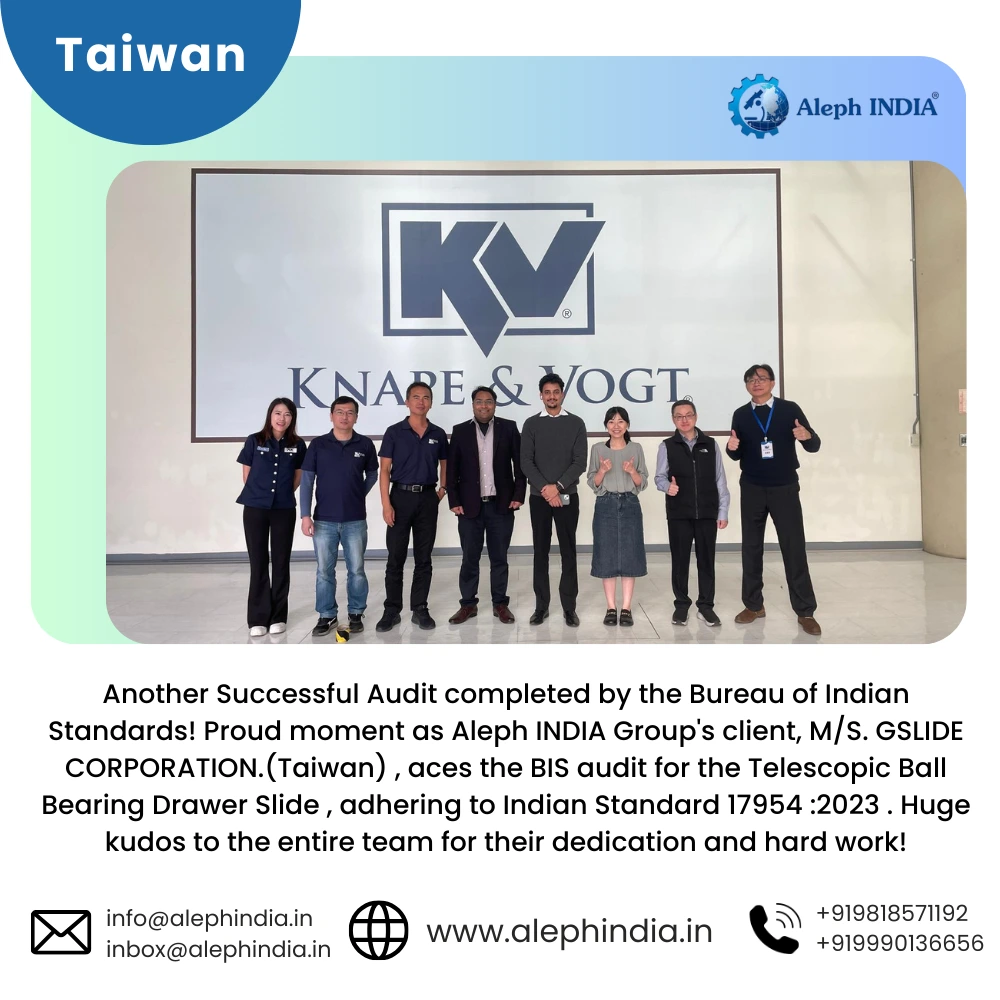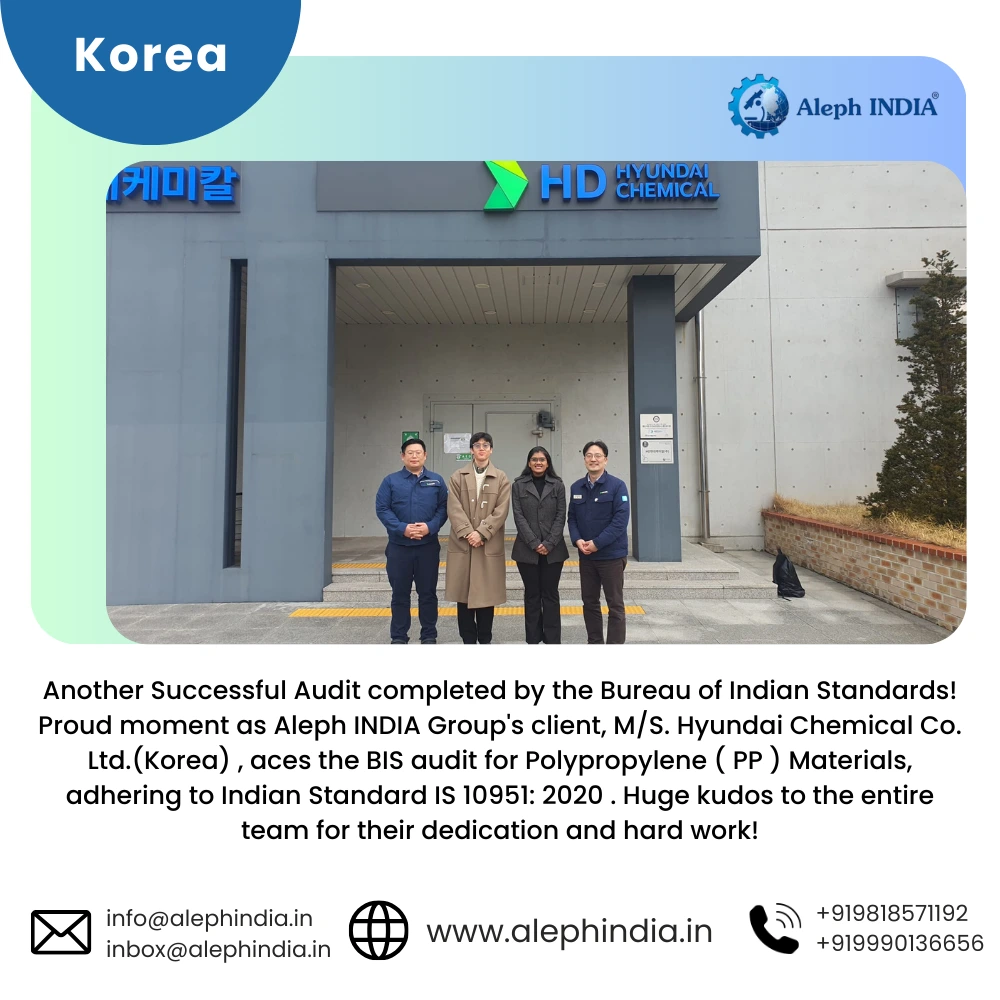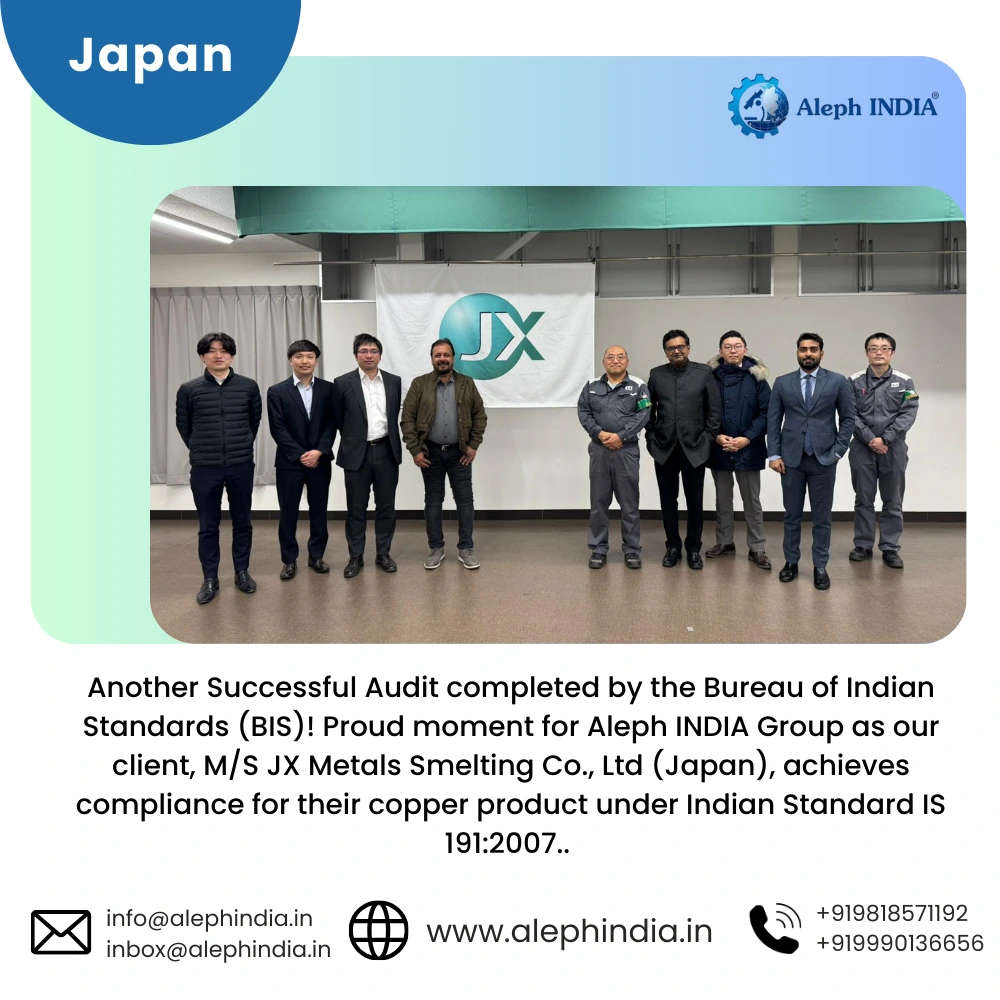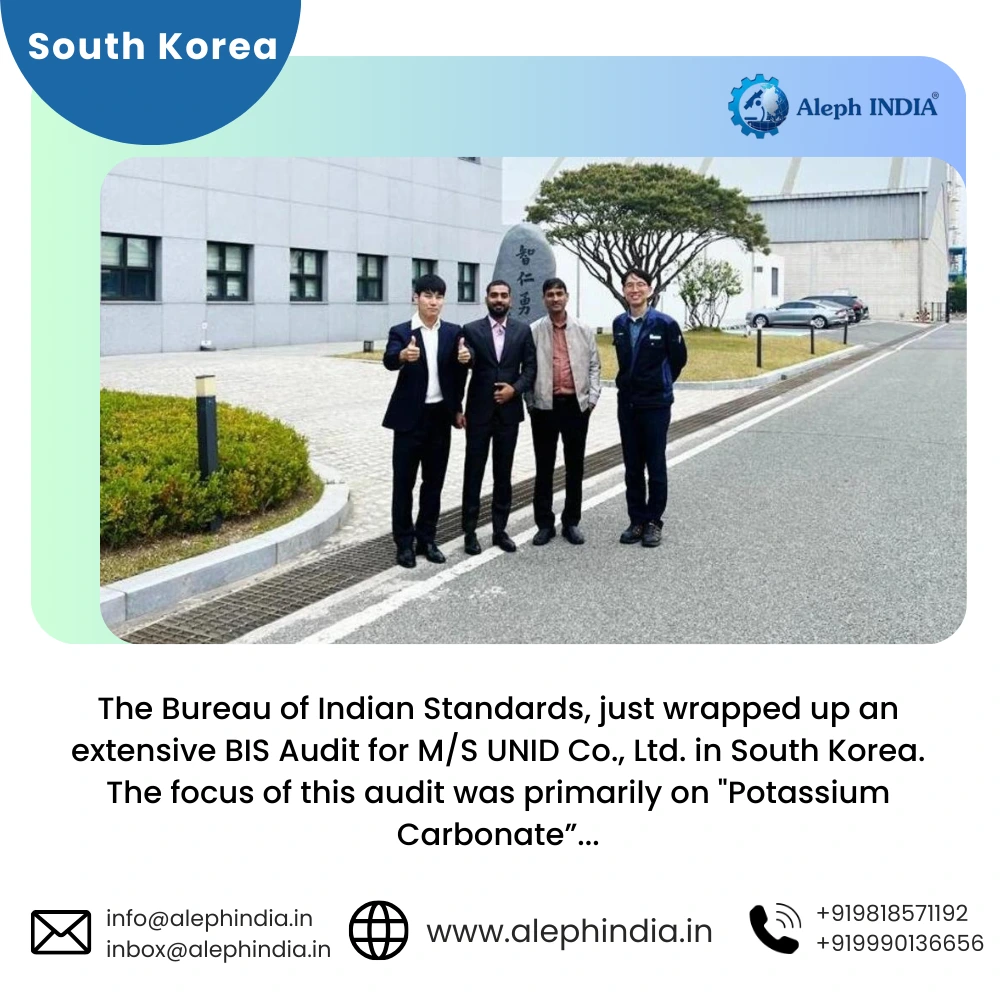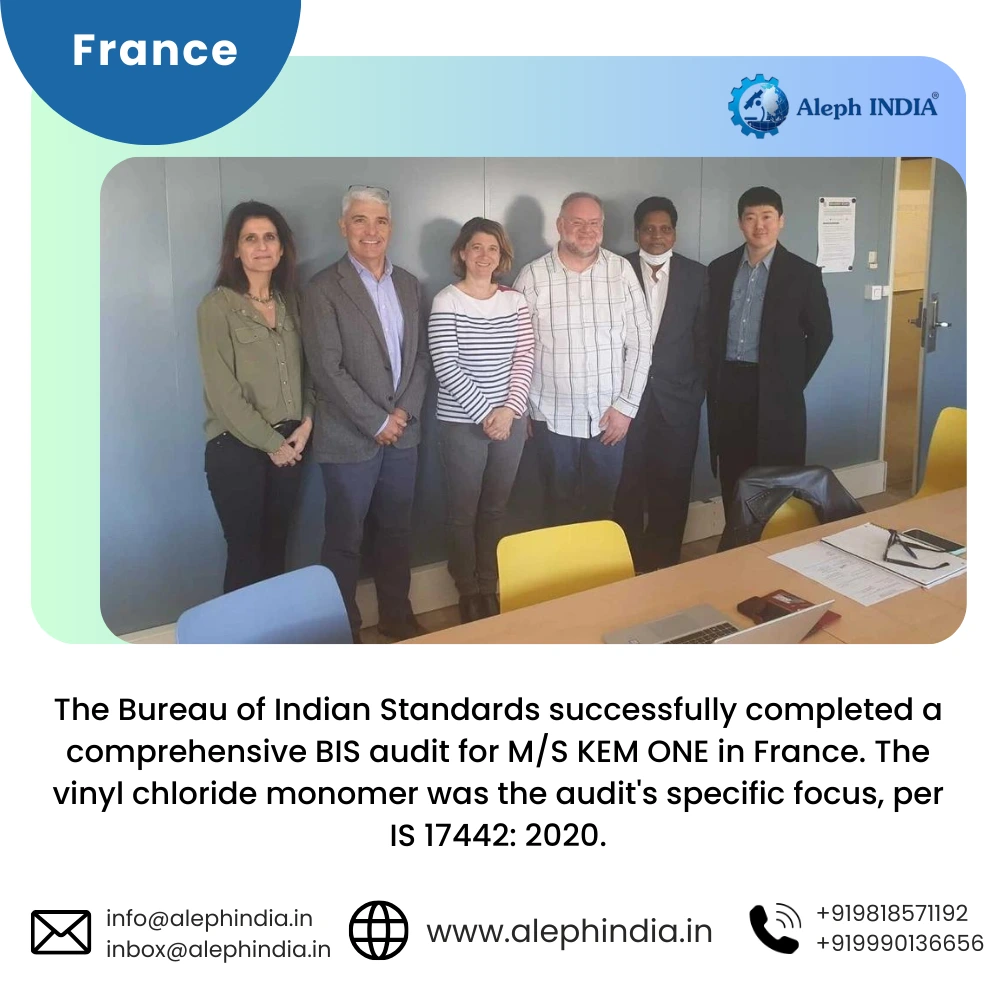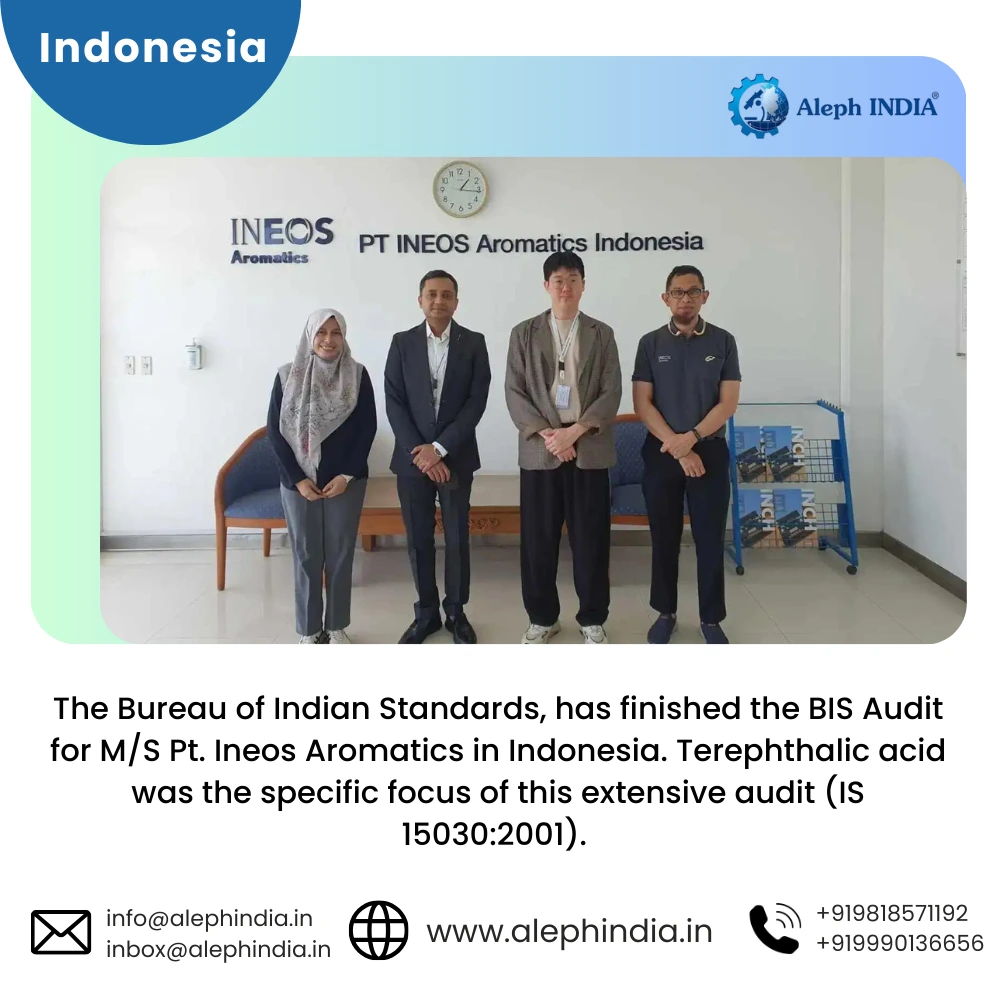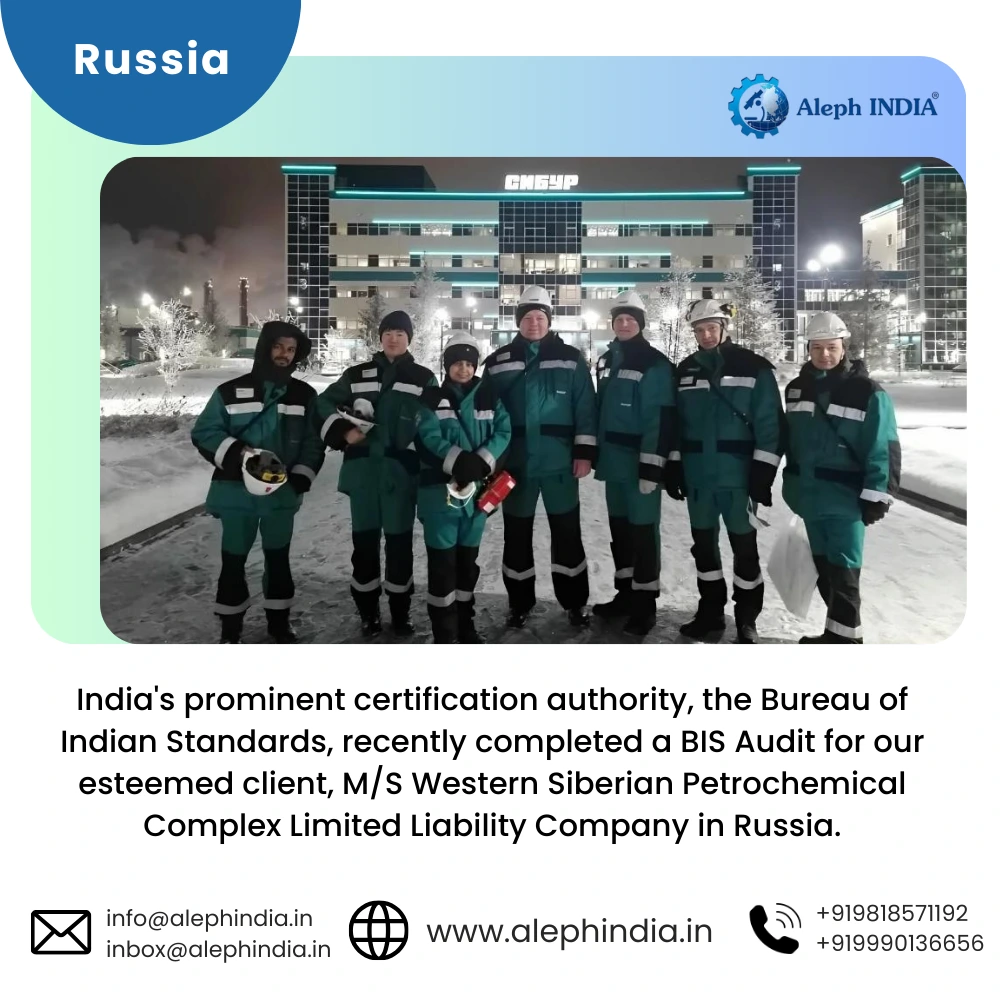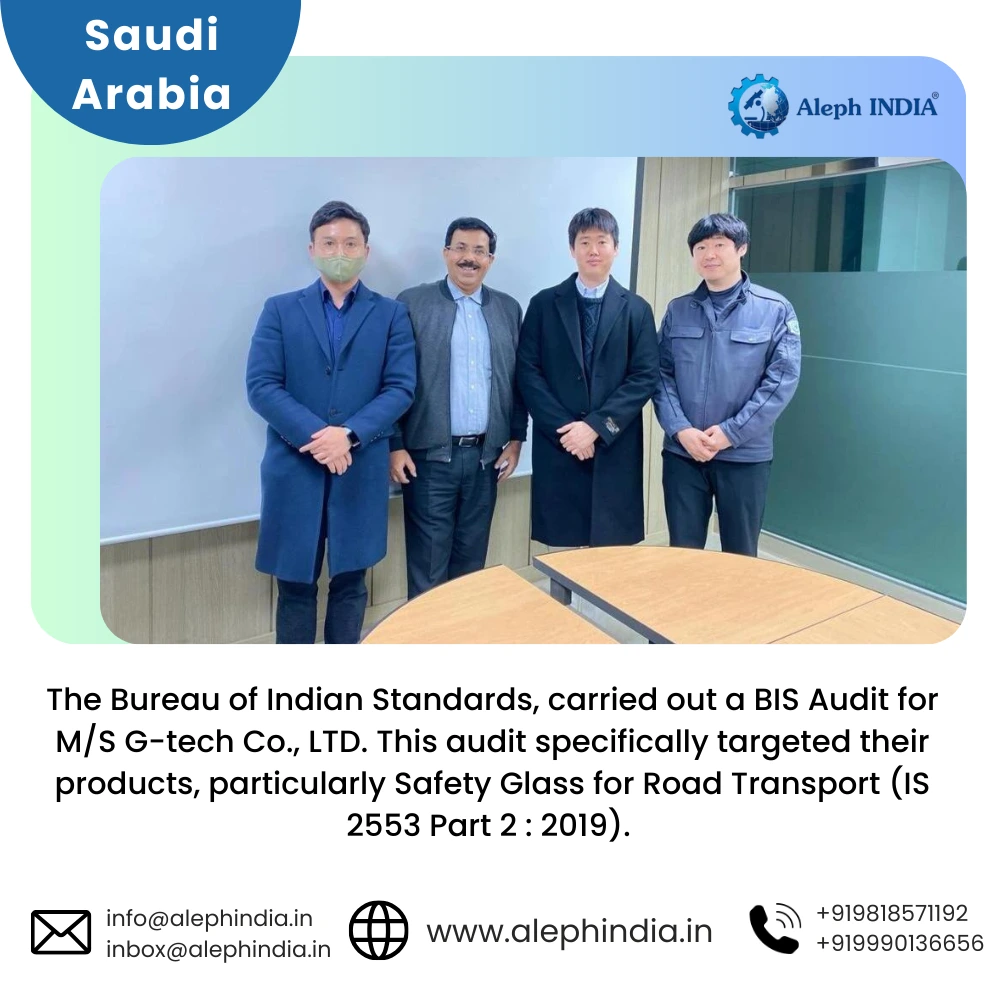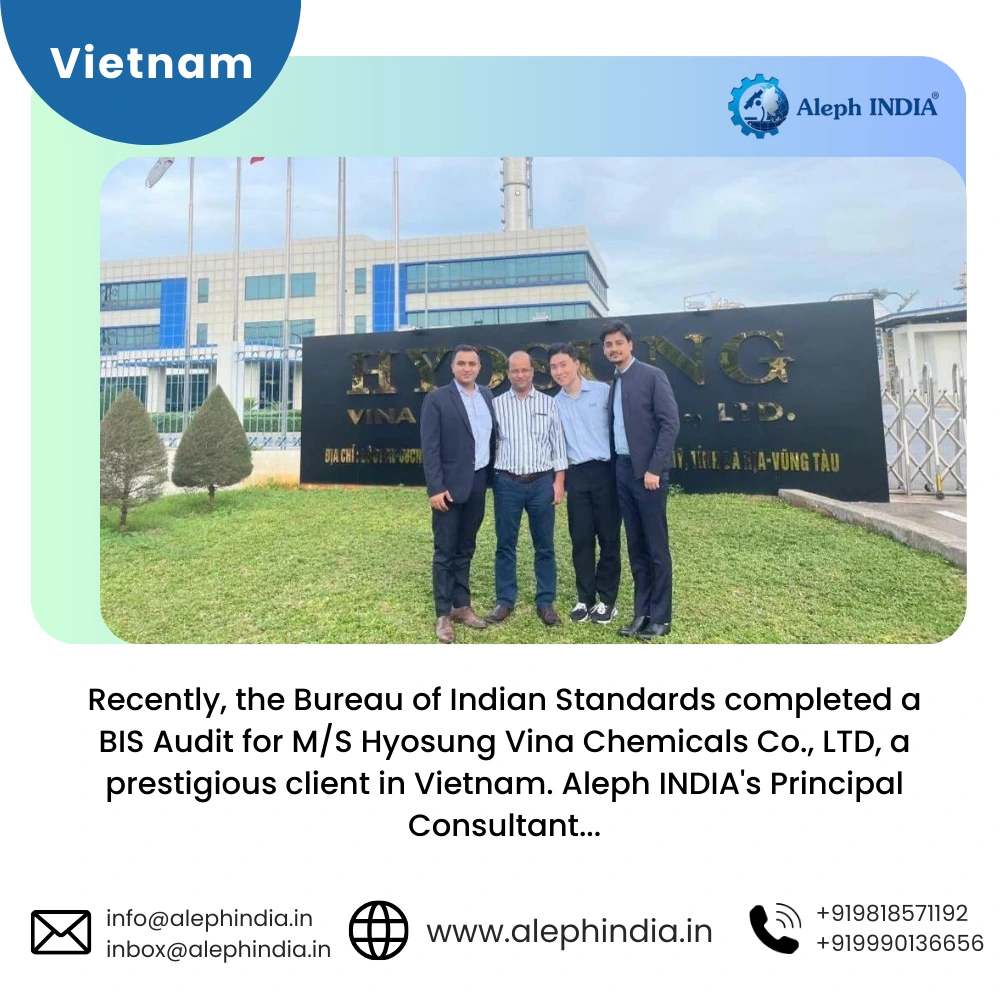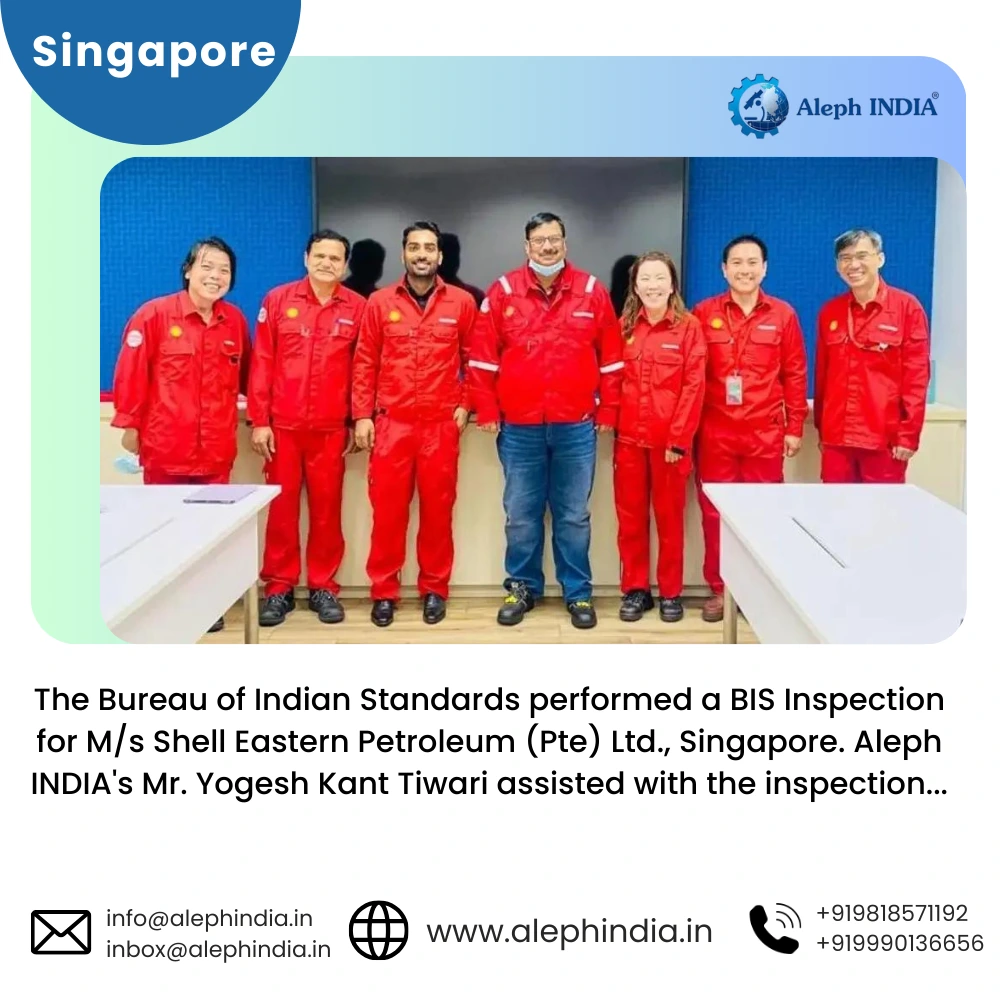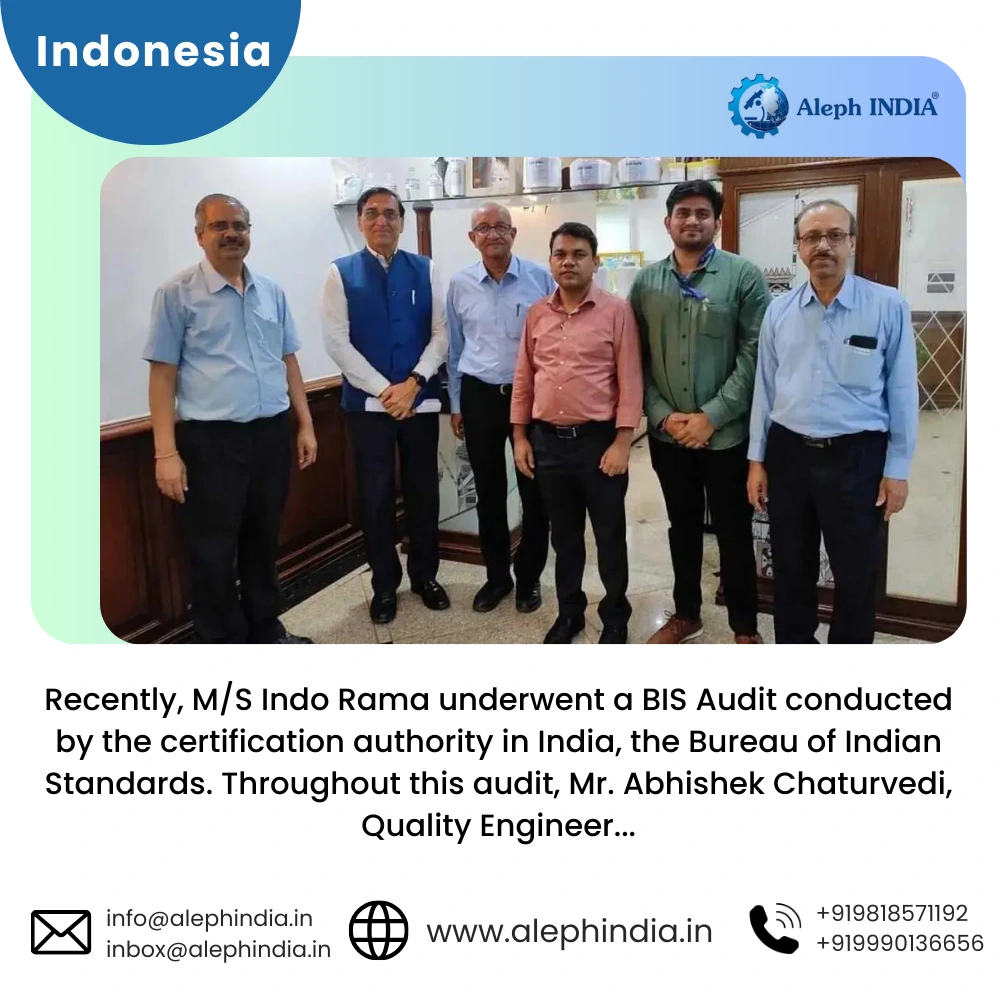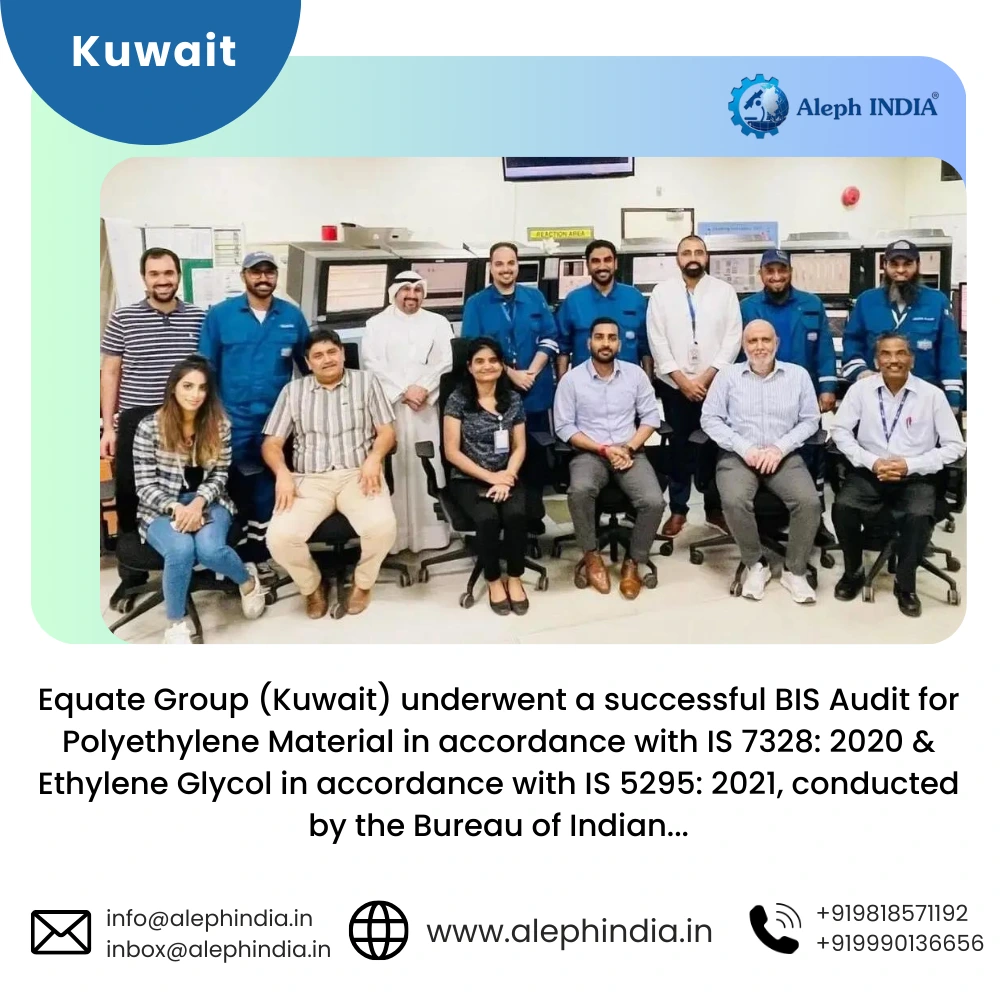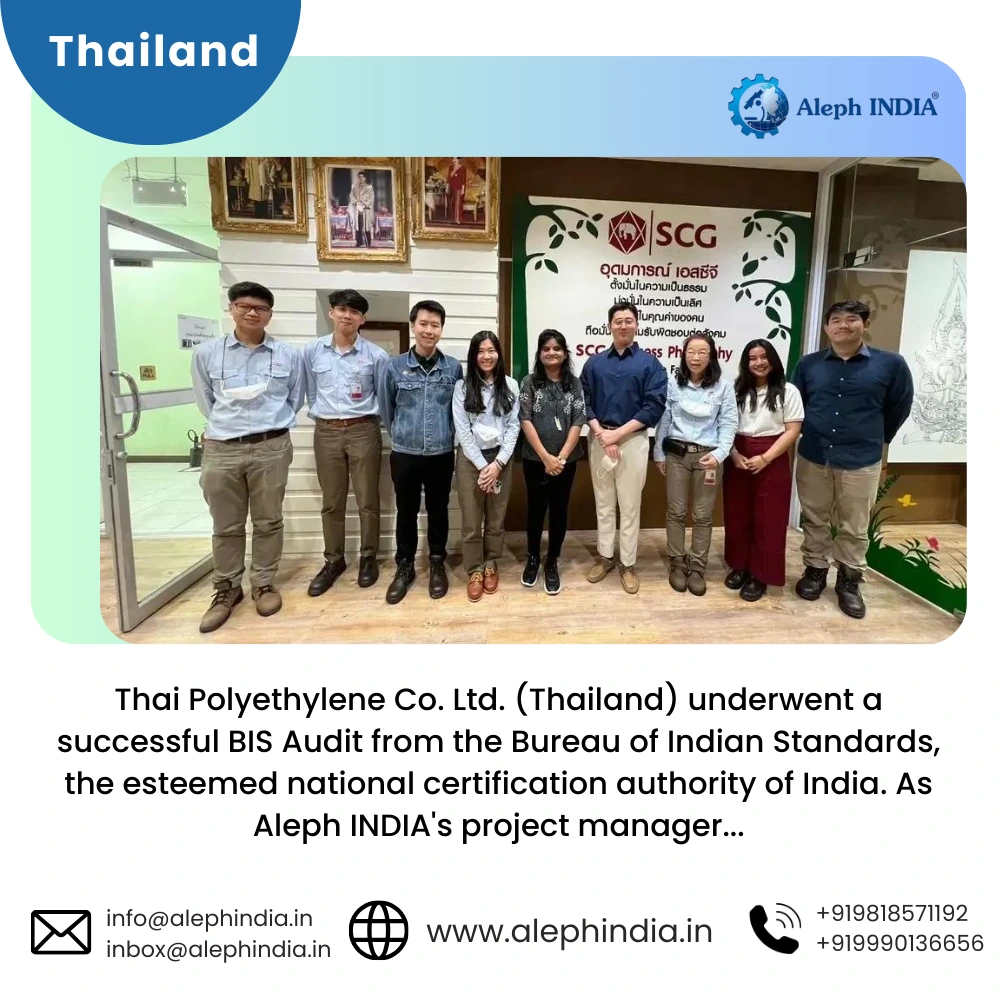BIS CERTIFICATION FOR FLEXIBLE CABLES FOR MINERS CAP LAMPS
IS 2593:1984
In this competitive scenario, it isn't easy to survive in the market without a standard quality and certified product. BIS license may also be required to sell products in the Indian market.
To get BIS certification and produce a
standard quality product, the manufacturer must ensure that their
product must follow the specified Indian standard.
Let's take a closer look at IS 2593: 1984 for flexible cables.
Flexible cables for miners’ cap-lamps are covered under IS 2593: 1984. This standard specifies the requirements for flexible cables used in miners' cap-lamps. Miners' cap-lamps are made up of several parts, including a battery with a protective cover, a cable, and a headpiece with a light source. This standard covers the cables that connect the headpiece to the battery.
The conductor shall be made of tinned copper and shall meet the requirements of IS: 8130-1984 Class 5 with the exception specified below.
- The mass of copper dissolved when conducting sample wires is subjected to persulphate testing shall not exceed 7.5 g/m2.
- The resistance of each core's conductor, corrected to 20°C, shall not be greater than 3.4 ohms per 100 m of finished cable.
The nominal cross-sectional area of the conductor shall be one mm2, and the formation shall be in accordance with IS: 8130-1984 Flexibility Class 5. The insulation must be general service elastomeric and meet the requirements of IS: 6380-1984 Type IE 1.
The centre cord must have a diameter of at least 1.8 mm. The cord must meet the requirements outlined in the standard. The sheath shall be made of an elastomeric compound that meets the requirements of IS: 6380-1984 Type SE3. It must also meet the requirements outlined in the standard. The overall diameter of the cable shall be 9.0 mm, with a tolerance of 0.25 mm.
CLASSIFICATION OF TESTS
- Type Tests: Type tests shall include the following:
- Persulphate test
- Annealing test
- Conductor resistance test
- Test for the thickness of insulation and sheath
- Physical tests for insulation and sheath
- Tests for centre strain cord
- Voltage test
- Checking of the overall diameter of the cable
- Flammability test
- Resistance of sheath to fatty acids
- Acceptance Tests: Acceptance tests shall include the following
- Persulphate test
- Annealing test
- Conductor resistance test
- Test for the thickness of insulation and sheath
- Test for breaking load of centre strain cord
- Voltage test
- Checking of the overall diameter
- Routine Tests: Routine tests shall include the following
- Conductor resistance test
- Voltage test
The Manufacturer must be identified throughout the cable length by a tape bearing the Manufacturer's name or trade-mark, or by having the Manufacturer's name printed, indented, or embossed on the outer sheath. The cable must be wound on reels, drums, or supplied in coils. The information specified in the standard shall be stencilled on the reel or drum or contained in a label attached to it. The Standard mark (ISI Mark) may also be applied to the cable. The Manufacturer must obtain a BIS license from the Bureau of Indian Standards to use a standard mark (ISI Mark). The BIS grants a license based on a successful assessment of manufacturing infrastructure, quality control and testing capabilities, and production process.

NOTE:
For Detailed Information about the Procedure for BIS ISI Certification
Visit :
ISI Mark Certification for Domestic ManufacturersISI Mark Certification for Foreign Manufacturers
Conclusion:
If a product falls under the scope of the BIS Conformity Assessment Scheme, All the manufacturers, importers, and foreign entities must obtain BIS ISI Certification. The Bureau may cancel the License if the product fails to meet certification requirements.
Aleph INDIA has been serving the industry as a single-window operator for all product regulatory compliance. We can assist importers or manufacturers in meeting all criteria for importing or selling a product in the Indian market.
International Audits & Participation
Testimonials
BIS REGISTRATION FOR ELECTRONIC & IT PRODUCT
In the era of globalization, world trade is growing rapidly and henceforth, Manufacturing and Import/Export businesses are also growing drastically...View More
BIS CERTIFICATE FOR FOREIGN MANUFACTURER
The Economy of India-the fastest developing economy on the globe with the capabilities that help it matches up with the biggest international...View More
PRODUCT CERTIFICATION SCHEME (ISI MARK) FOR DOMESTIC MANUFACTURERS
Anything a person buys from food to cars, clothes to electronics, branded to unnamed products there is always a question that wanders in one’s...View More
WIRELESS PLANNING AND COORDINATION (WPC)
WPC: Wireless means communication done from one point to another point without the wires and cables. Electromagnetic waves carry the ...View More
BUREAU OF ENERGY EFFICIENCY (BEE) CERTIFICATE
BEE CERTIFICATE: Energy is the future, and its conservation is the way of the bright future. Everyone claims the environment is important...View More
E-WASTE MANAGEMENT
E-waste is one of the world's fastest-growing trash streams. We currently manufacture almost 50 million tones of it each year...View More
Request a call back.
Would you like to speak to one of our Senior Technical advisers over the phone? Just submit your details and we’ll be in touch shortly. You can also email us if you would prefer.
BIS REGISTRATION FOR ELECTRONIC & IT PRODUCT
In the era of globalization, world trade is growing rapidly and henceforth, Manufacturing and Import/Export businesses are also growing drastically...View More
BIS CERTIFICATE FOR FOREIGN MANUFACTURER
The Economy of India-the fastest developing economy on the globe with the capabilities that help it matches up with the biggest international...View More
PRODUCT CERTIFICATION SCHEME (ISI MARK) FOR DOMESTIC MANUFACTURERS
Anything a person buys from food to cars, clothes to electronics, branded to unnamed products there is always a question that wanders in one’s...View More
WIRELESS PLANNING AND COORDINATION (WPC)
WPC: Wireless means communication done from one point to another point without the wires and cables. Electromagnetic waves carry the ...View More
BUREAU OF ENERGY EFFICIENCY (BEE) CERTIFICATE
BEE CERTIFICATE: Energy is the future, and its conservation is the way of the bright future. Everyone claims the environment is important...View More
E-WASTE MANAGEMENT
E-waste is one of the world's fastest-growing trash streams. We currently manufacture almost 50 million tones of it each year...View More
View All Services
Request a call back.
Would you like to speak to one of our Senior Technical advisers over the phone? Just submit your details and we’ll be in touch shortly. You can also email us if you would prefer.




